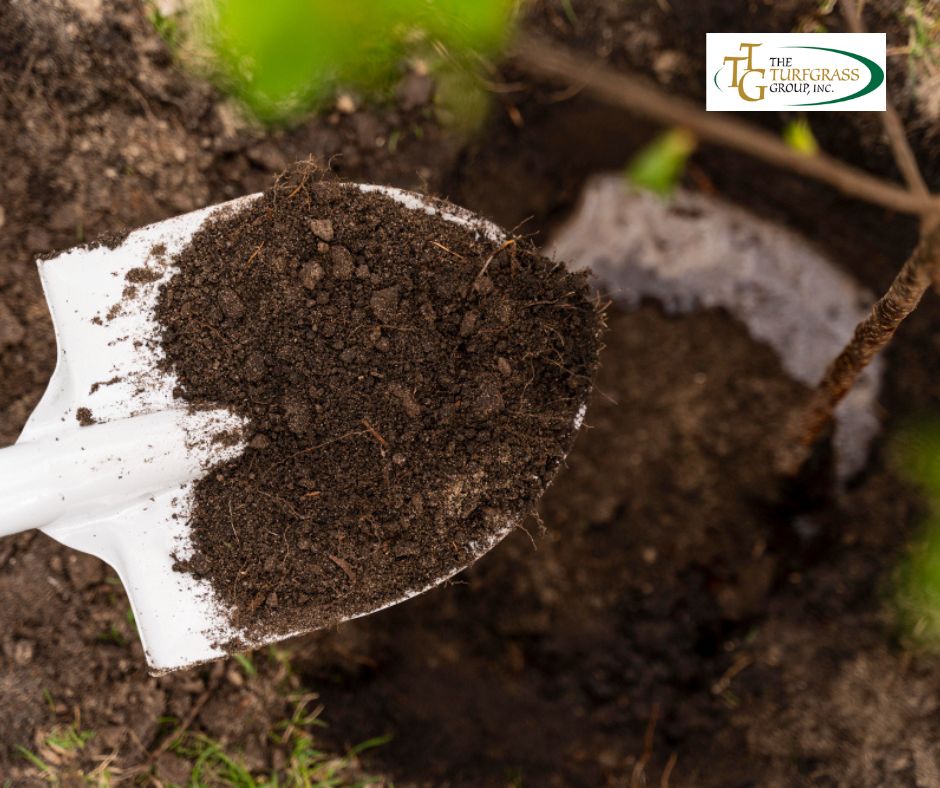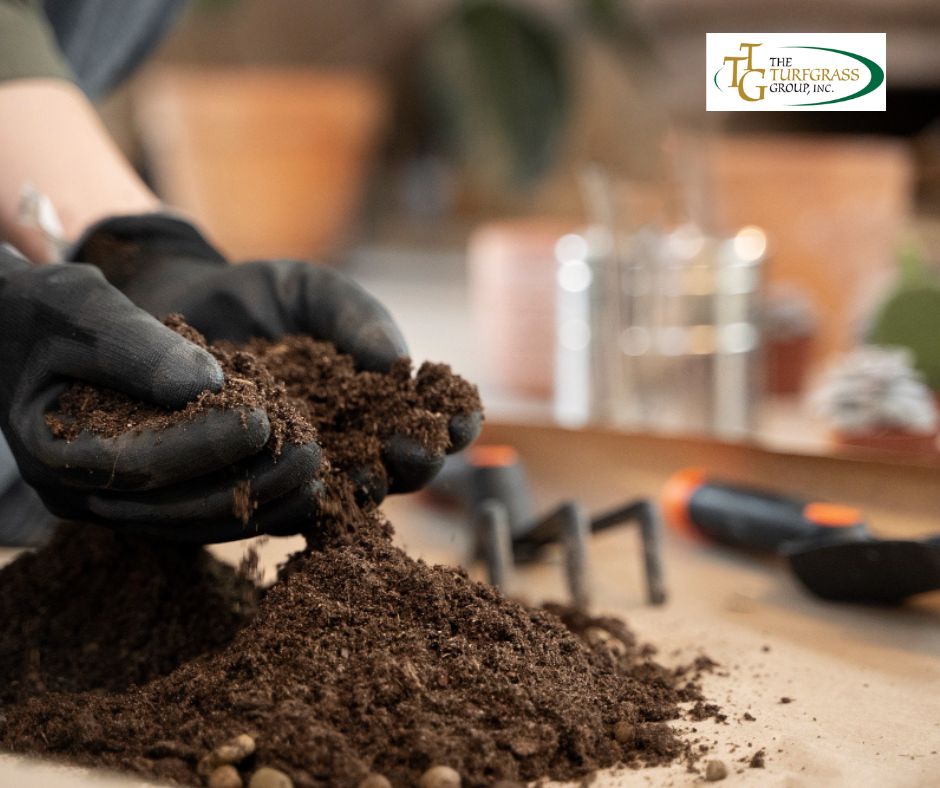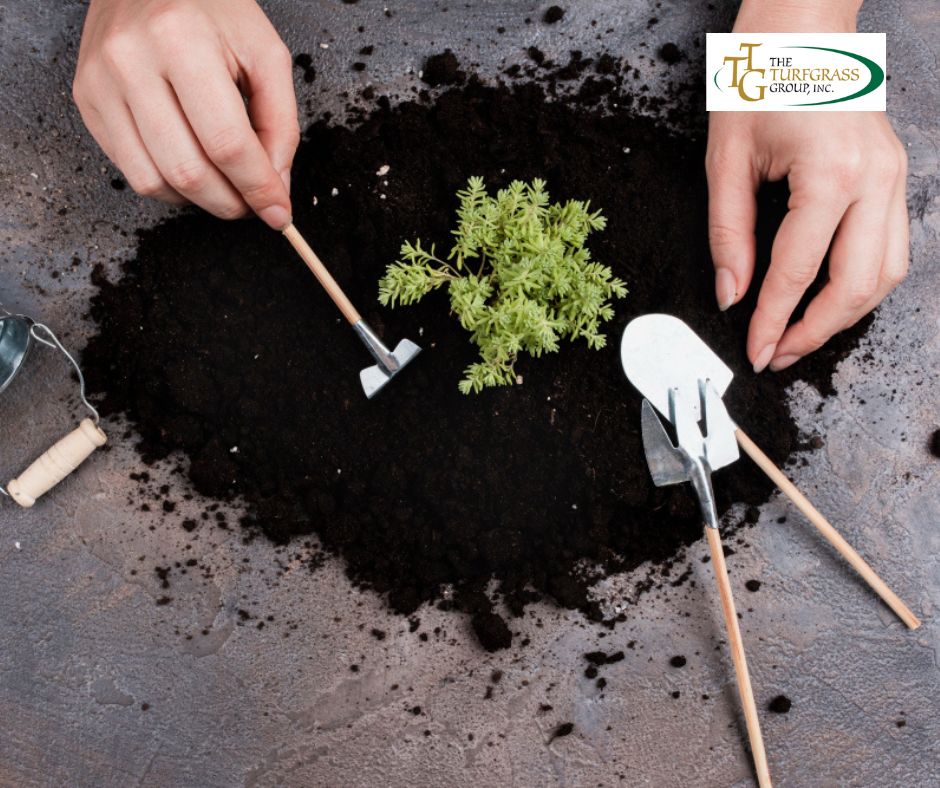
As the chill of winter fades away and the days grow longer, gardeners eagerly anticipate the arrival of spring.
It’s a time of renewal and growth, where the earth comes alive with the promise of new life.
One of the most crucial tasks for any gardener during this time is preparing the soil for spring planting.
Proper soil preparation sets the stage for healthy plant growth and abundant harvests throughout the season.
In this article, we’ll explore the essential dos and don’ts of soil preparation to ensure your garden thrives this spring.
Dos:
Test Your Soil:

Before diving into any soil preparation, it’s essential to know the condition of your soil.
Conduct a soil test to determine its pH level, nutrient content, and texture.
You can purchase DIY soil test kits or send samples to a local cooperative extension service.
Understanding your soil’s composition allows you to make informed decisions about amendments and fertilizers needed to optimize plant growth.
Amend with Organic Matter:
Adding organic matter such as compost, aged manure, or leaf mold is one of the best ways to improve soil structure and fertility.
Organic matter enriches the soil with essential nutrients, improves drainage in clay soils, and enhances water retention in sandy soils.
Spread a layer of compost or organic mulch over the soil surface and incorporate it using a shovel or garden fork.
Aim for a depth of 2-3 inches for existing garden beds.
Till Carefully:
For new garden beds or areas with compacted soil, tilling can help loosen the earth and create a better environment for plant roots to spread.
However, over-tilling can disrupt beneficial soil organisms and lead to soil erosion.
Use a tiller sparingly and avoid working the soil when it’s too wet, as this can cause compaction.
Aim for a depth of 8-12 inches when tilling to ensure adequate aeration without excessive disturbance.
Mulch:
Applying a layer of mulch after planting helps conserve soil moisture, suppress weeds, and regulate soil temperature.
Organic mulches like straw, shredded leaves, or wood chips gradually decompose, adding organic matter to the soil over time.
Spread mulch evenly around plants, leaving a few inches of space around the stems to prevent moisture-related diseases.
Replenish mulch as needed throughout the growing season to maintain its effectiveness.
Practice Crop Rotation:
Rotating crops from year to year helps prevent the buildup of pests and diseases in the soil while promoting balanced nutrient levels.
Divide your garden into different sections and plant crops from different families in each section each year.
For example, follow heavy feeders like tomatoes or corn with nitrogen-fixing legumes such as beans or peas to replenish soil nitrogen naturally.
Don’ts:
Overdo Fertilization:
While fertilizers can provide essential nutrients to plants, over-application can harm soil health and lead to nutrient imbalances.
Avoid using synthetic fertilizers excessively, as they can leach into groundwater and disrupt soil microbial activity.
Instead, rely on compost and organic amendments to gradually improve soil fertility over time.
If you do use fertilizers, follow application rates recommended by soil test results and manufacturer instructions.
Disturb Soil Structure:
Excessive tilling or compacting soil with heavy machinery can disrupt soil structure, leading to poor drainage and root growth.
Minimize soil disturbance whenever possible, especially in established garden beds.
Consider using low-till or no-till gardening methods such as lasagna gardening or raised beds to preserve soil structure and promote healthy microbial activity.
Ignore Soil pH:

Soil pH plays a crucial role in nutrient availability and plant health.
Most vegetables prefer slightly acidic soil with a pH range of 6.0 to 7.0.
Conduct a soil test to determine your soil’s pH level and make adjustments as needed using amendments like lime or sulfur.
Regularly monitoring soil pH helps ensure optimal growing conditions for your plants and prevents nutrient deficiencies or toxicities.
Neglect Soil Moisture:
Proper soil moisture is essential for seed germination, root development, and overall plant health.
Avoid planting in waterlogged or compacted soil, as this can suffocate plant roots and promote diseases like root rot.
Conversely, ensure adequate soil moisture by watering consistently during dry periods and mulching to retain moisture.
Use a moisture meter or perform a simple finger test to gauge soil moisture levels before watering.
Plant Without Planning:
Randomly planting without considering factors like spacing, sunlight, and soil requirements can lead to overcrowding, poor growth, and increased competition for nutrients.
Take the time to plan your garden layout, grouping plants with similar needs together and providing adequate space for growth.
Consider factors like companion planting and succession planting to maximize yields and minimize pest and disease pressure.
Timing Matters
The timing of soil preparation is critical for maximizing its effectiveness.
Aim to prepare the soil several weeks before planting to allow amendments to integrate and soil microbial activity to stabilize.
Adjust your timeline based on local climate conditions and frost dates to avoid potential setbacks.
Tools and Equipment
Investing in the right tools and equipment can streamline the soil preparation process and ensure efficient results.
Basic gardening tools such as shovels, rakes, and hoes are essential for small-scale gardening projects, while larger operations may benefit from mechanized equipment like tillers or plows.
Mulching Techniques
Mulching serves as a protective barrier for the soil, conserving moisture, suppressing weed growth, and moderating soil temperature.
Organic mulch materials such as straw, wood chips, or shredded leaves can be applied around plants to enhance soil health and promote optimal growing conditions.
Composting for Healthy Soil
Composting is a sustainable practice that transforms organic waste into nutrient-rich soil amendments.
By composting kitchen scraps, yard waste, and plant debris, gardeners can replenish soil fertility, improve soil structure, and reduce reliance on synthetic fertilizers.
Soil Amendments
In addition to compost, various soil amendments can enhance soil fertility, texture, and structure.
Common amendments include lime for pH adjustment, gypsum for clay soil loosening, and bone meal for phosphorus supplementation.
Incorporating these amendments based on soil test recommendations can address specific deficiencies and optimize growing conditions.
Managing Soil Moisture
Proper soil moisture management is essential for plant health and vigor.
Consistent moisture levels support seed germination, root development, and nutrient uptake.
Implementing irrigation systems, using mulch to retain moisture, and monitoring soil moisture levels regularly are effective strategies for maintaining optimal soil moisture content throughout the growing season.
Weed Control Methods
Weed competition can rob plants of essential nutrients, water, and sunlight, compromising their growth and productivity.
Preventative measures such as mulching, hand weeding, and strategic planting layouts can minimize weed pressure organically, reducing the need for chemical herbicides.
Conclusion
In conclusion, preparing your soil for spring planting is a foundational step in ensuring a successful gardening season.
By following the dos and don’ts outlined in this article, you can create an optimal environment for plant growth and maximize your harvests.
Testing your soil, amending with organic matter, and practicing crop rotation are essential practices that promote soil health and fertility.
Additionally, avoiding over-fertilization, minimizing soil disturbance, and paying attention to soil pH and moisture levels are critical for maintaining a balanced ecosystem in your garden.
Remember to plan your garden layout thoughtfully, invest in the right tools and equipment, and employ mulching and composting techniques to further enhance soil quality and plant vitality.
For further assistance or inquiries, please don’t hesitate to contact us at The Turfgrass Group.
With proper soil preparation, you can lay the groundwork for a bountiful and thriving garden in the coming spring season.
FAQs
Why is testing my soil important before spring planting?
Testing your soil allows you to understand its pH level, nutrient content, and texture, guiding you in making informed decisions about soil amendments and fertilizers needed for optimal plant growth.
How can adding organic matter benefit my soil?
Adding organic matter such as compost enriches the soil with essential nutrients, improves soil structure, enhances drainage in clay soils, and increases water retention in sandy soils, fostering healthy plant growth.
What is the recommended depth for incorporating compost into existing garden beds?
Aim for a depth of 2-3 inches when incorporating compost into existing garden beds to ensure proper enrichment of the soil.
Why is mulching important after planting?
Mulching helps conserve soil moisture, suppress weeds, and regulate soil temperature, creating an optimal environment for plant growth and reducing the need for frequent watering and weeding.
How does crop rotation benefit soil health?
Crop rotation prevents the buildup of pests and diseases in the soil while balancing nutrient levels naturally, promoting long-term soil fertility and the overall health of your garden.
What are the risks of over-fertilization?
Over-application of synthetic fertilizers can harm soil health, disrupt microbial activity, and lead to nutrient imbalances, emphasizing the importance of using fertilizers judiciously and relying on organic amendments for gradual soil improvement.
How can excessive tilling affect soil structure?
Excessive tilling disrupts soil structure, leading to poor drainage and root growth, underscoring the importance of minimizing soil disturbance, especially in established garden beds.
Why should I avoid neglecting soil pH?
Ignoring soil pH can lead to nutrient deficiencies or toxicities, impacting plant health and productivity, highlighting the necessity of regularly monitoring soil pH and making adjustments as needed.
What are the consequences of neglecting soil moisture?
Neglecting soil moisture can suffocate plant roots, promote diseases like root rot, and hinder seed germination and overall plant health, stressing the importance of maintaining adequate soil moisture levels through proper watering and mulching.
How does planting without planning affect garden productivity?
Randomly planting without considering factors like spacing and sunlight requirements can lead to overcrowding, poor growth, and increased competition for nutrients, emphasizing the importance of thoughtful garden planning for optimal results.